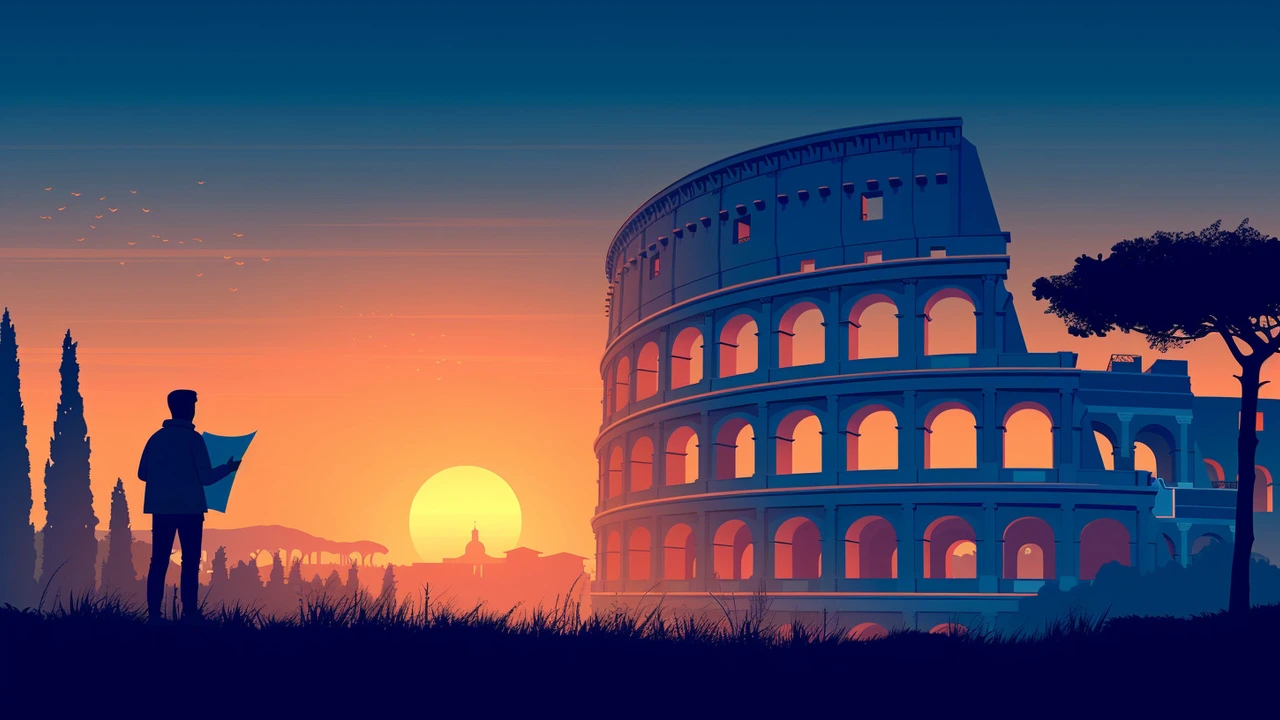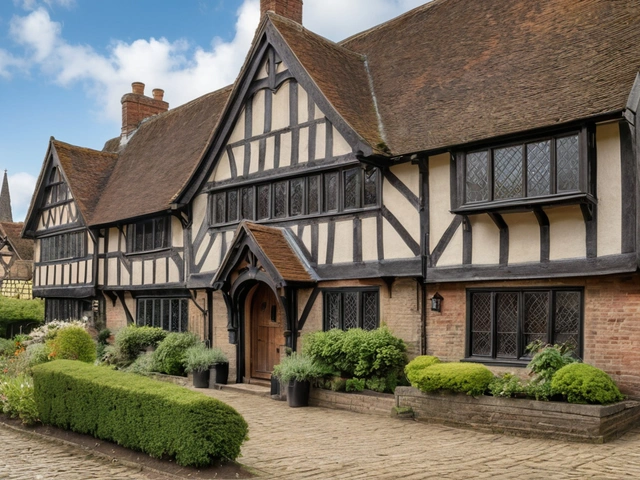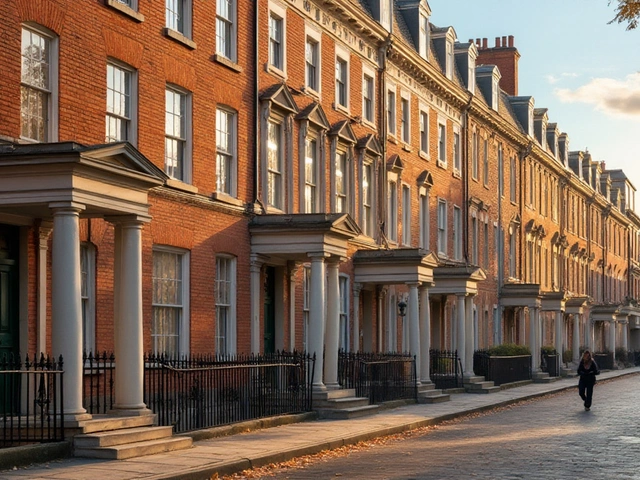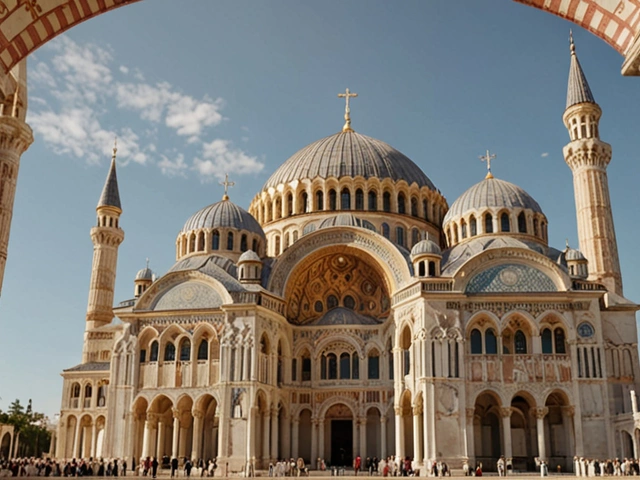The Grandeur of Roman Public Buildings
Ever held your breath standing before the majestic amphitheatre of Colosseum? You can't help but to marvel at the brilliance with which our predecessors designed such outlandishly dashing structures. The prodigious scale, the seamless harmony of the structural elements, and the innovative construction techniques employed - all shed light on the marvelous skills and imagination of the ancient Romans. Scarlett, my daughter, and I were bowled over when we encountered a miniature model of the Colosseum in her encyclopaedia. She exclaimed, "Mum, can this even be real?" Oh darling, not only is it real, but it's also a standing testament to the magnitude of human ingenuity and creativity.
Public buildings like the Colosseum, Aqueducts, Pantheon were not just a spectacle to behold, but also bore the signature characteristics of Roman architecture. Foremost, they effectively utilized concrete, which was a Roman innovation, contributing significantly to the durability of these voluminous structures. The flexibility of concrete allowed them to shift from the rectilinear structures (a legacy of the Greeks) to more complex and vast forms. The hallmark of Roman architecture is arguably its ubiquitous arches and vaults, enhancing the structural stability and aesthetic appeal of the buildings. Did you know this fun fact? The tallest Roman Aqueduct, standing at a splendid 49 meters, is located in France and it's called Pont du Gard – almost akin to a bridge that kisses the sky - an architectural wonder indeed!
The Vibrancy of Roman Domestic Architecture
But I must not limit your perspective of Roman architecture to just grand public buildings. Alfred, my pet boxer, and I have a favorite game - investigating the dollhouses doted around our living room, pretending they're Roman villas. Roman domestic architecture had its flair as well. Take the Roman Villa for instance, which incorporated comfort, utility, and aesthetics on a smaller scale. The villa was designed to facilitate the efficient flow of day-to-day activities, and it optimized natural lighting and ventilation, something we are struggling to achieve in the modern era.
Villas were adorned with diverse architectural elements like atriums, peristyles, courtyards, and multicoloured wall frescoes, which brought life into these spaces. As a fellow homeowner, I can attest to how important it is for a home to resonate with happiness and vibrancy, and Roman Villas seemed to exemplify this. The clever implementation of courtyards and peristyles, with a bubbling fountain or a lush garden, not only added a touch of nature but also created a tranquil ambiance. It almost sounds like an ancient version of the backyard where Aiden, my son, loves playing fetch with Alfred.
The Testament of Roman Engineering Prowess
Moving on from the domestically delightful to the remarkably resilient: Roads! We take them for granted nowadays. But let's talk about the Roman roads – once hailed as the most advanced road network of the ancient world. These roads were meticulously planned and constructed to facilitate efficient military movements, trade, and communication, playing a pivotal role in the expansion of the Roman Empire. Now when I'm stuck in the traffic of Adelaide, I jokingly tell my kids, "Oh how I long for the Roman roads!"
The Romans were practical and methodical in their approach to road construction. They would begin by digging a trench, then lay a foundation of sand or gravel for drainage. On top of this would be layered stones, cement, and then paving stones, ensuring a flat surface. The roads were durable, well-drained, and easy to navigate - even in the dark or in adverse weather conditions. Presto! An age-old formula for efficient and sustained connectivity!
The Influence of Roman Architecture on Modern Day Designs
It is fascinating to see how the splendor of Roman Architecture has influenced modern day designs. The widespread adoption of arches, domes, and the use of concrete are a direct legacy of the Roman knack for constructing durable and inspirational buildings. Adelaide’s very own Parliament House, with its colossal columns and pediments, echoes remnants of Roman architectural aesthetics, I often tell my kids.
The Romans perfected the art of combining form with function, adding their innovative twist to various architectures, which we are zealously replicating to date. Their principles of harmonizing light, space, and symmetrical designs still act as a cornerstone for modern architectural and engineering marvels. Designing structures that are enduring, useful, and aesthetically pleasing - that's vintage Roman Architecture for you!
In conclusion, the sumptuous display of ingenuity in Ancient Roman architecture lies not just in its monumental public edifices or its enchantingly detailed villas, not just in its cleverly engineered roads but also in the lasting impression it has left on posterity: inspiring young architects and carving out a time-tested path for future innovations in the field. Oh, the beauty of it all!





